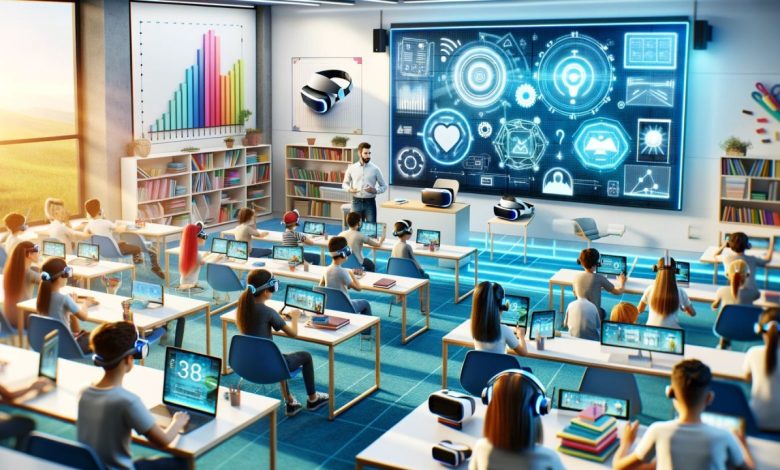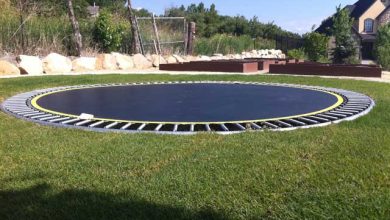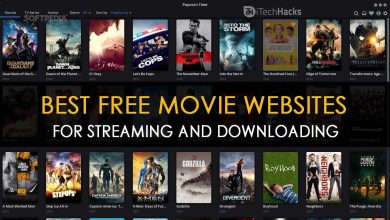Best Practices for Teachers in a Virtual Learning Environment
Best Practices for Teachers in a Virtual Learning Environment

As the landscape of education continues to evolve, more teachers are embracing digital solutions to enhance the learning experience. The rise of online education has been accelerated by various factors, including technological advancements and the recent global shift toward remote learning. Among these innovations, the Ai based learning platform stands out, enabling personalized and efficient learning experiences. However, succeeding in a virtual learning environment requires educators to adapt their teaching strategies and practices. This article explores the best practices for teachers navigating the challenges and opportunities of virtual learning.
Understanding the Virtual Learning Environment
Before diving into best practices, it’s essential to understand what constitutes a virtual learning environment. These environments utilize digital platforms to deliver instruction, allowing students to learn remotely. While this flexibility offers numerous benefits, it also presents unique challenges for educators.
Key Characteristics of a Virtual Learning Environment
- Asynchronous and Synchronous Learning: Virtual learning can take place in real-time (synchronous) or on students’ own schedules (asynchronous).
- Multimedia Content: Lessons often incorporate videos, interactive quizzes, and discussion boards to engage students effectively.
- Communication Tools: Platforms facilitate communication through chat functions, email, and video conferencing, fostering interaction between teachers and students.
Best Practices for Teachers in a Virtual Learning Environment
1. Create an Inclusive Classroom Culture
Building a positive and inclusive classroom culture is critical in virtual settings. Teachers can achieve this by:
- Encouraging Participation: Use strategies such as icebreakers and small group discussions to help students feel comfortable sharing their thoughts and experiences.
- Recognizing Diversity: Acknowledge the diverse backgrounds of students and incorporate materials that reflect their experiences and cultures.
- Promoting Respect: Establish guidelines for respectful communication to foster a supportive online environment.
2. Leverage Technology Effectively
Incorporating the right technologies can significantly enhance the virtual learning experience. Educators should:
- Utilize Learning Management Systems (LMS): Platforms like Moodle or Canvas allow teachers to organize materials, track student progress, and facilitate communication.
- Incorporate Interactive Tools: Use tools such as Kahoot, Padlet, or Google Forms to create engaging and interactive lessons that encourage student participation.
- Integrate an Ai Based Learning Platform: Implementing these platforms can provide personalized learning experiences, enabling students to progress at their own pace and focus on areas needing improvement.
3. Foster Student Engagement
Keeping students engaged in a virtual setting can be challenging. To encourage active participation, teachers can:
- Use Varied Teaching Methods: Combine lectures, discussions, videos, and hands-on activities to cater to different learning styles.
- Encourage Peer Interaction: Promote group projects and discussions to allow students to collaborate and learn from one another.
- Solicit Feedback: Regularly ask for feedback on lessons to gauge student understanding and make necessary adjustments.
4. Set Clear Expectations
Establishing clear expectations is crucial for maintaining structure in a virtual classroom. Teachers should:
- Communicate Guidelines: Clearly outline participation requirements, assignment deadlines, and assessment criteria at the beginning of the course.
- Create a Routine: Establish a consistent schedule for classes and assignments to help students manage their time effectively.
- Provide Resources: Offer guidance on how to navigate the technology and platforms used in the course to reduce confusion.
5. Implement Effective Assessment Strategies
Assessment in a virtual environment can differ from traditional settings. Teachers should:
- Use Diverse Assessment Methods: Incorporate various assessment types, such as quizzes, projects, and presentations, to evaluate student understanding comprehensively.
- Provide Timely Feedback: Offer constructive feedback promptly to help students understand their progress and areas for improvement.
- Utilize Online Assessment Tools: Platforms like Google Classroom or Edmodo can streamline the assessment process, making it easier for educators to collect and analyze student performance data.
6. Prioritize Communication and Support
Maintaining open lines of communication is vital in a virtual learning environment. Educators should:
- Be Accessible: Offer regular office hours or designated times for students to ask questions and seek support.
- Utilize Multiple Communication Channels: Encourage students to reach out via email, chat, or video calls, depending on their preferences.
- Provide Emotional Support: Recognize that students may face challenges in a virtual setting and offer resources for mental health support, such as counseling services or wellness programs.
7. Encourage Self-Directed Learning
Fostering self-directed learning is essential for students to thrive in a virtual environment. Teachers can:
- Promote Goal-Setting: Encourage students to set personal learning goals and create action plans to achieve them.
- Provide Resources for Independent Study: Offer additional resources such as articles, videos, and online courses to encourage exploration beyond the curriculum.
- Teach Time Management Skills: Help students develop effective time management techniques to balance their coursework and other responsibilities.
8. Continuous Professional Development
Teachers should prioritize their professional growth to enhance their effectiveness in a virtual learning environment. This can include:
- Participating in Training Programs: Engage in workshops and training sessions focused on online teaching strategies and technologies.
- Networking with Peers: Join professional communities or online forums to share experiences and best practices with other educators.
- Staying Updated on Trends: Keep abreast of the latest developments in educational technology and pedagogy to continually improve instructional practices.
Conclusion
The shift to virtual learning environments presents both opportunities and challenges for educators. By implementing best practices such as creating an inclusive classroom culture, leveraging technology, and fostering student engagement, teachers can enhance the virtual learning experience. With a focus on communication, support, and continuous professional development, educators can prepare students for success in an increasingly digital world. As we navigate this evolving landscape, the role of teachers remains pivotal in shaping effective and enriching virtual learning experiences.




